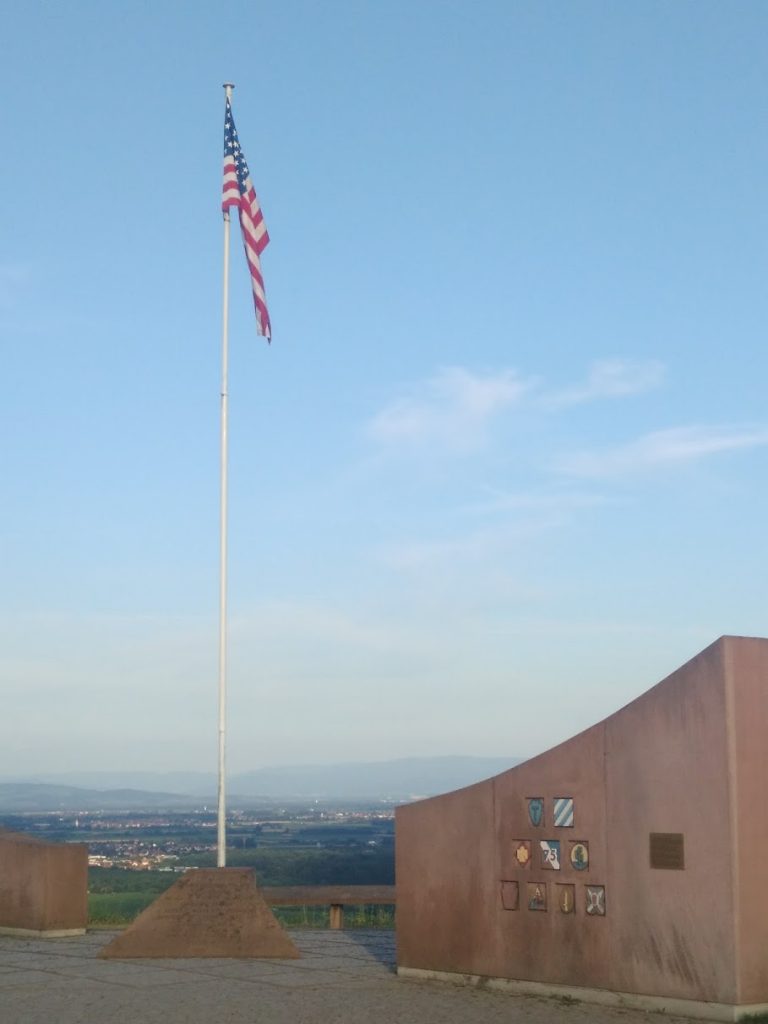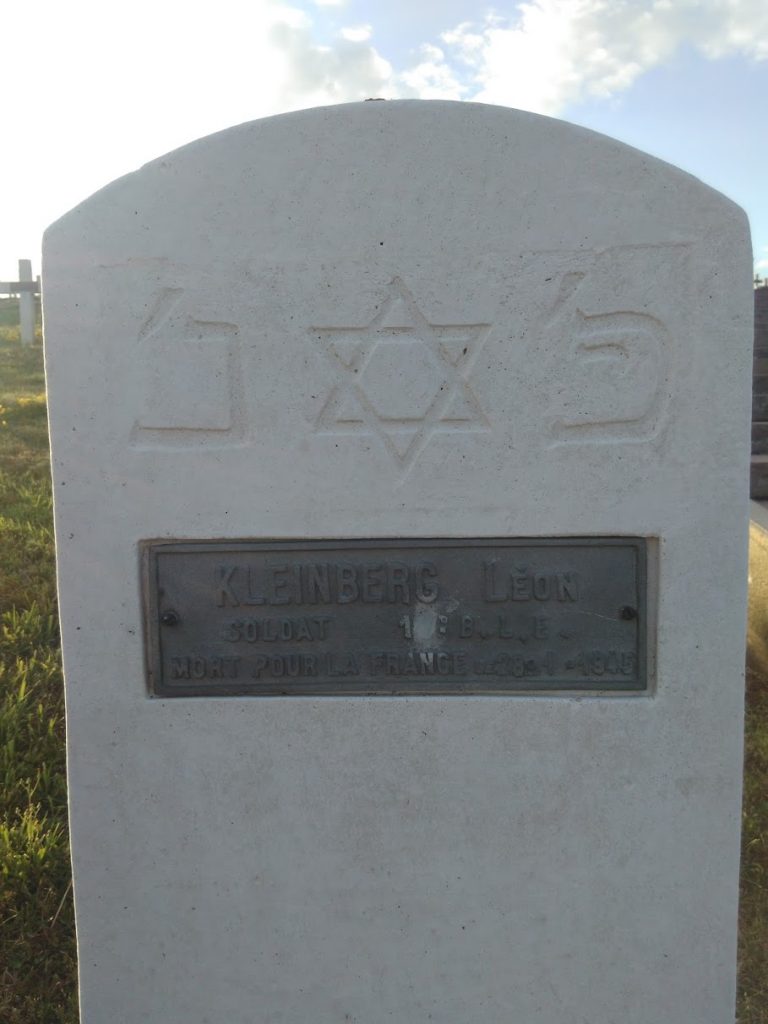I got aggravated this morning at a friend, a recent arrival in South Carolina from points north, who questioned why Governor McMaster ordered flags to fly at half-staff for Chadwick Boseman. In her experience, such an honor is reserved for politicians and other government emissaries — would we lower the flag for xyz other locally-grown actor who is just as talented?
Rather than continue to lose my temper, I’ll take my own advice to catechists and just answer the question.
***
Before we begin, let me tell you about a spider bite. My kid was ten and he went off to summer camp and he got some kind of nasty bite on the back of his leg — painful but which barely created a mark. He’s a tough kid and decided to self-treat.
This was not the right move. When we picked him up in the morning at the end of the week, he could no longer hide the injury because it hurt so badly he couldn’t walk without limping.
The bite had become infected and created an abscess. In the doctor’s office I got to lay my body across his flailing limbs so that the pediatrician could drain the wound while my son screamed in pain. It was a procedure that hurt but would in no way harm; failing to drain the wound, in contrast, could have led to sepsis and death.
Hold onto that image of a wound hidden beneath the surface, and its aftermath.
***
Two aspects of Chadwick Boseman’s life make him worthy of the governor’s attention.
The first is that that he’s from here. If he were nothing more than a small town boy who grew up to be a wildly successful, world-renown celebrity, that would be sufficient in the eyes of most state residents to count him as a local hero. (See: James Brown). It would not, however, quite warrant lowering the flag at the statehouse.
The second reason, though, is that his life’s work touches South Carolina’s history in a profound and very personal manner.
***
You can read here a brief, informative summary of the Civil Rights movement in South Carolina. If you are a person who has the same question as my friend, please do that. It won’t take you long.
Okay, thanks.
So. Civil Rights in South Carolina is a big, big, big deal. We’re gonna tell a story or two below about that.
Now observe: Chadwick Boseman’s filmography includes not just Marshall and 42, which serve to rectify the longstanding problem of whitewashed history in South Carolina schools, but also Black Panther.
Oh, that’s just a pop film about a comic book superhero who’s been around for decades? Here’s a personal essay from a fan who found the film to be far more meaningful than that. Read it. Try for a moment to understand how important Chadwick Boseman’s role was for many, many people, in a way that touches very keenly on South Carolina public life.
***
Here’s a personal story my mom, a white lady, told me a few years before she died.
Her father was from a small town in South Carolina not unlike Boseman’s hometown. He was career Navy, so my mother grew up all over the United States. She attended authentically integrated schools in California (I have her yearbooks, the photos of staff and student life are unequivocal), and witnessed the first round of integration at her high school alma mater in Virginia.
In college, though, there was a particular class that made the civil rights movement deeply personal for her — not because of the stated subject matter of the class, but because of the way it was graded. The professor announced that everyone’s grade would hinge on their final paper or project, and he advised: “Do a project. I have never given a passing grade on a paper.”
My mom, who was the epitome of conscientious her entire life, and for whom the prospect of failing a class was an absolute nightmare, found herself having to face an ugly reality: She stunk at projects. She never, ever, succeeded at projects. She knew (I don’t know why she was so convinced of this, but she was) that there was no way she could create an adequate project. She could, on the other hand, write an excellent paper.
So she decided she would just write the paper, fail the class, and accept her doom.
The paper she wrote was about visiting the family farm in rural South Carolina.
***
My grandfather’s family was skin-in-the-game heroic. His mother christened an aircraft carrier during the war, an honor she earned because six of her seven sons had all enlisted and were actively serving in the armed forces. (The eldest stayed home to run the farm, necessary because their father had been killed, shot in the back down in town in front of everybody, back when his mother was pregnant with two youngest.)
They were also brutally prejudiced, and did not treat the Black laborers who worked the farm with the respect and dignity my mother (or you or I today) would consider the bare minimum of humane consideration.
My mom’s paper was about that.
It was about witnessing, as a young adult, just how intensely heartless was the deep-seated racism that punctuated daily life at her own family’s farm.
I don’t have my mother here to fact-check me, so rather than risk mistelling, here’s an example of an article about the kind of things that happened across the South:
Employers and white employees went out of their way to engage in what can only be termed the ritual humiliation of blacks. It was not enough to have separate bathrooms for blacks and whites; the “black” bathrooms were often located far from specific workplaces, forcing employees to spend a good deal of their break getting there and coming back. It was not enough to have separate water fountains for blacks and whites; the “black” fountains were never cleaned, and the water was always warm. Federal Compress (where bales of cotton were readied for textile mills) resisted installing electric fans, though black workers were sweltering in concrete buildings that approached 100 degrees. The owner of a Memphis dry-cleaner fired women employees rather than let them talk to one another on the job.
Google around, you can find plenty of stories. Or just ask one of the many people still alive if they are willing to dredge up the worst of what went down in those times.
***
My mom’s professor read the paper, and called her into his office, and informed her that she had dared to do the one thing no on else had ever done in his long career as an educator: She earned an A on a paper.
Also: Her father read the paper and nearly disowned her.
He was livid.
He accused her of lying.
But he loved her and somehow they got over it.
***
Governor Henry McMaster is about the same age as my mom.
For him and for countless South Carolinians alive today, all the cruelty of segregation and Jim Crow is not some ancient mystic legend, it’s their formative years. His political career, his party . . . that’s the party of Strom Thurmond and Fritz Hollings, who locked up the state’s Senate seats so tight that even I am old enough to remember the years when there was only one candidate on the ballot because no one else bothered to run.
McMaster can remember the Confederate Flag going up at the state house. Understand that I of the next generation am old enough to have been fully an adult when it finally came down again. My children are old enough to remember when it was finally moved off the statehouse grounds altogether.
***
I don’t travel in the same circles as Governor McMaster, though we certainly have some acquaintances in common. If you live in South Carolina, and you are white, and you are paying attention, at all, you will amass plenty of evidence that racism remains a serious problem. You can tell not because of demographic statistics but because of the words that come out of people’s mouths. Are they lying? Are they just pretending to be racist when they get a chance to express themselves privately in what they think is “safe” company?
But also, in a nation where African-American senators are thin on the ground, Hollings and Thurmond are both dead, and Tim Scott is the new face of the Republican establishment.
***
When I look at Kenosha or Minneapolis, what I see is my son’s spider bite.
Here in the South, we have entrenched racism. It is no secret. Everybody knows it, including a whole lot of outsiders who look down on us as backwards and stupid.
But here’s what Minneapolis and Kenosha are: They are places that also have entrenched racism. If racism in South Carolina is a gaping wound, up north it turns out to have been an abscess festering beneath the surface. Pretending everything’s fine leads to crippling pain. Like my son screaming on the examining table in the doctor’s office, we’re discovering that ignoring the rot among the “progressive” states only pushes off the day of reckoning and makes the inevitable confrontation far, far worse.
***
That’s not me saying Kenosha can’t happen in South Carolina.
Sure it can.
Lord willing, it won’t.
Chadwick Boseman is an ambassador of that hope.
***
What I think a lot of people don’t understand is that the legacy of racism is everyone’s history.
You can’t, like my grandfather wanted to do, pretend it’s not there. That way leads to destruction.
***
So how does the work of Chadwick Boseman fit into state politics? It’s a reasonable question. Historically, one lowers the statehouse flag for persons with clear ties to the state: Deceased politicians; soldiers, firefighters, and police killed in the line of duty; victims of terrorist attacks and acts of war. How does an actor fit into all that?
The actor fits in because his artistic legacy is in culturally ground-breaking work on the issue that has defined the history, economy, and politics of his home state since its founding.
***
Is it exciting and inspiring that a small-town boy could grow up to be a famous celebrity? Sure. The governor could be excused for making a nod to the masses in a contentious election year.
I don’t know Governor McMaster’s heart. It’s entirely possible he’s just doing the politically expedient thing. If so, God bless democracy: We have a politician who will do something right for no other reason than he wants to be re-elected.
But consider the possibility that McMaster fully comprehends Chadwick Boseman’s legacy for this state. This is our guy. He’s us. He comes from here and he knew exactly how crucial it is that we deal with our state’s history — so much so that even though he was literally dying he pushed through to step out on the shoulders of giants and take us another step forward in the renewing and transforming of our culture.
Boseman’s work has been a work of healing for exactly the wounds that have torn apart his home state for generations.
So sure. Statesman’s honors. Well earned.

Photo: Charleston, SC, May 2020, courtesy of Wikimedia, CC 4.0
Quick update for the same friend, who was questioning the legality of the governor’s decision:
SC 10-1-161 (E): “Upon the occurrence of an extraordinary event resulting in death or upon the death of a person of extraordinary stature, the Governor may order that the flags atop the State Capitol Building be lowered to half-staff at a designated time or for a designated period of time.”
A quick compendium of all SC laws relating to flying flags at half-staff is here.
















